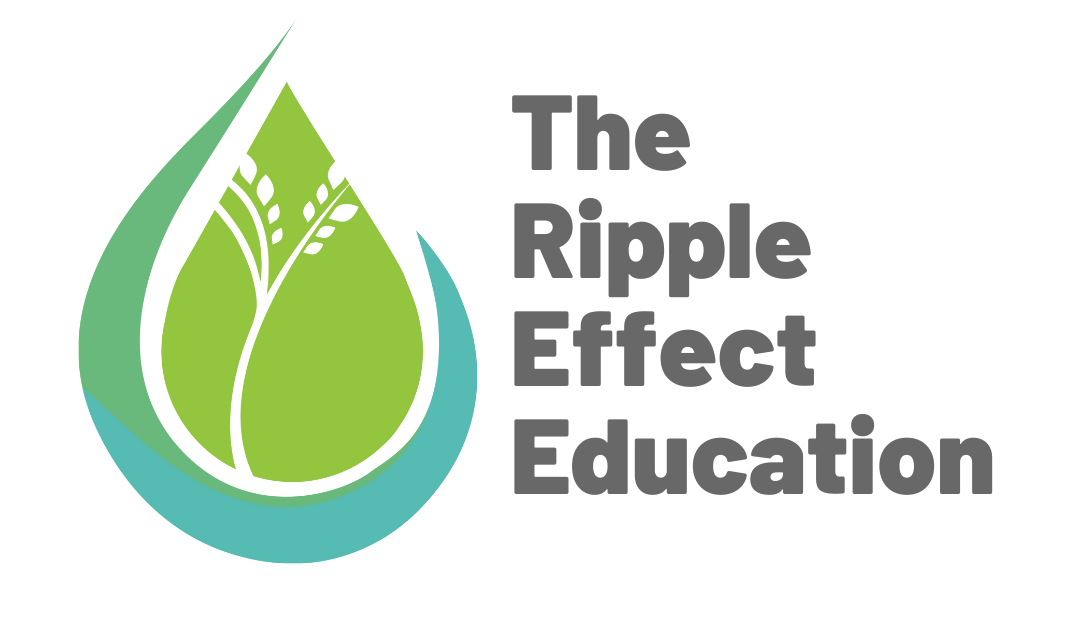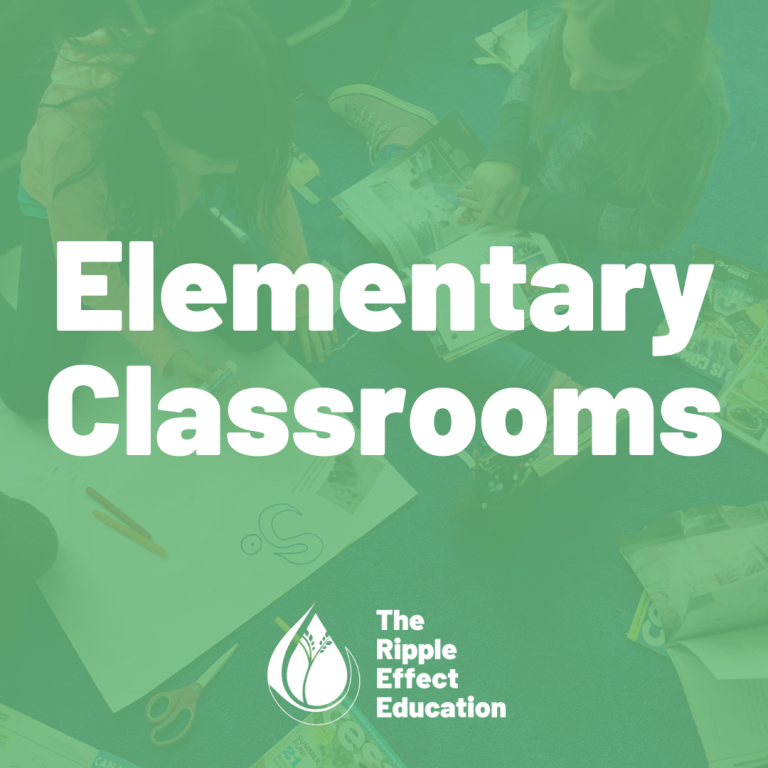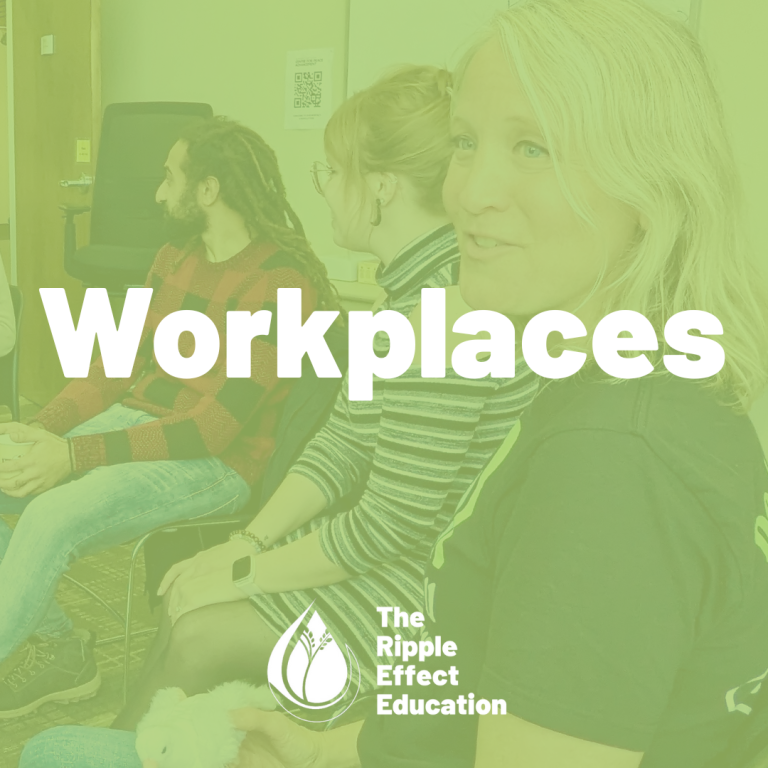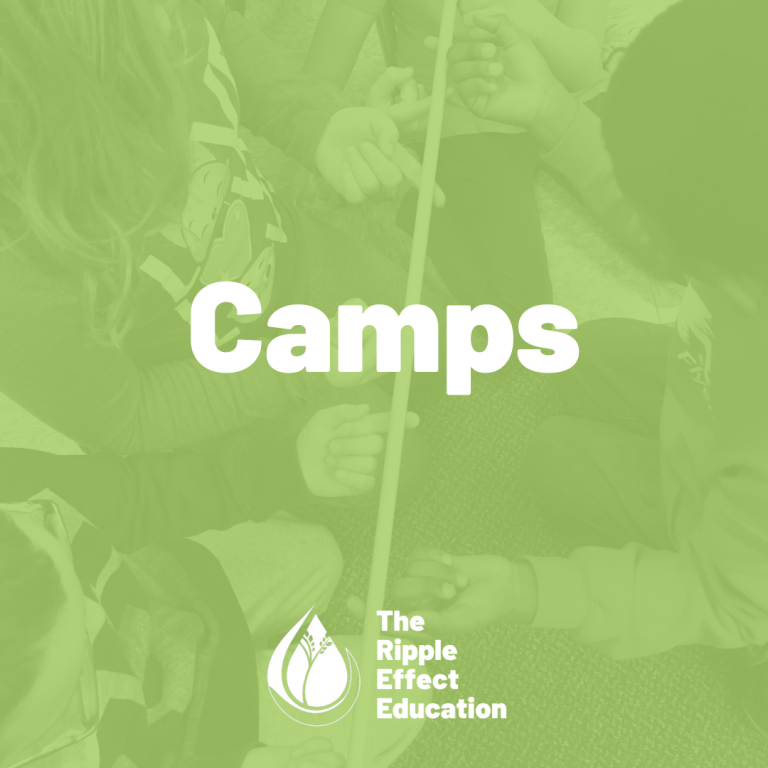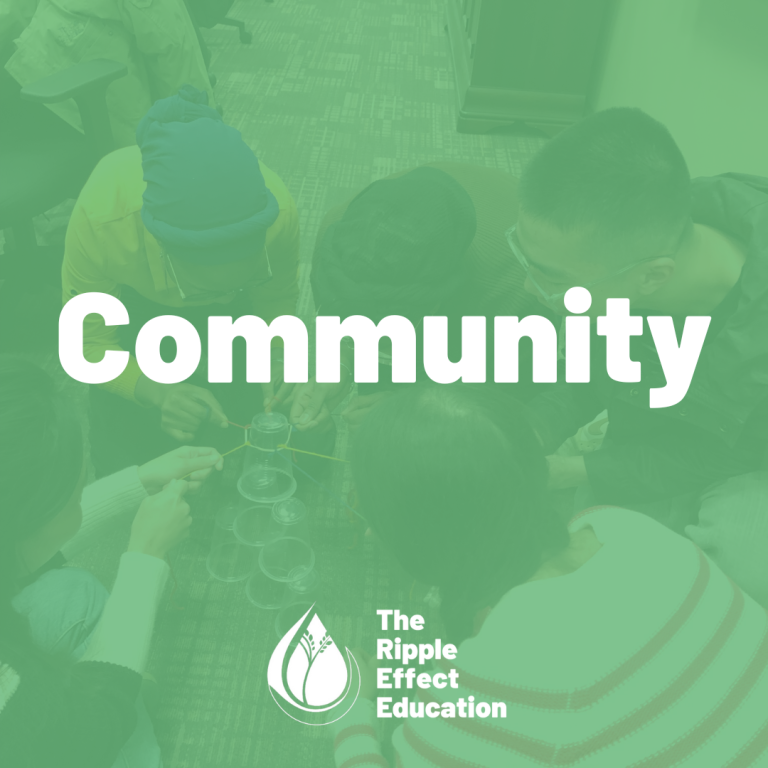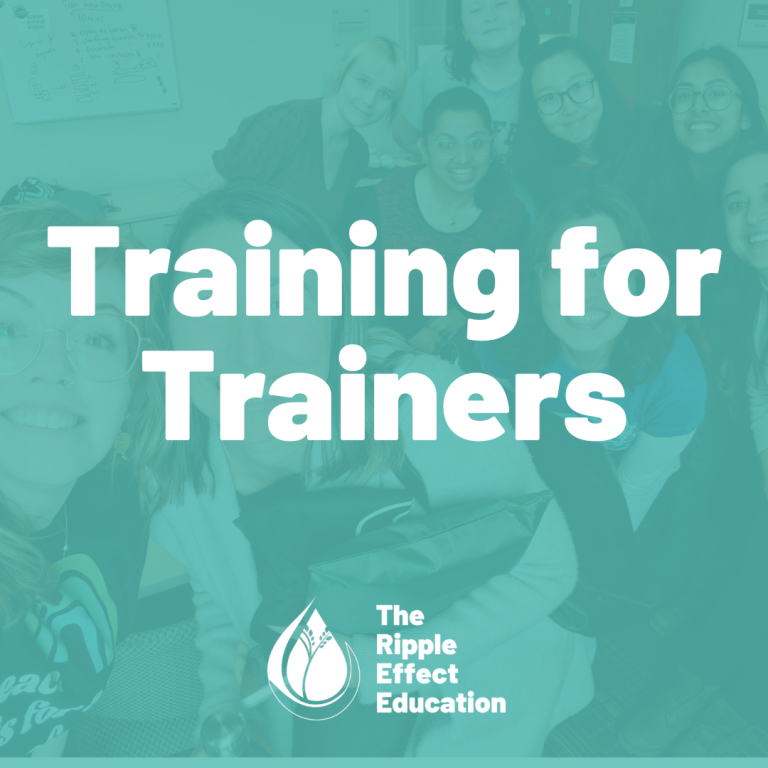Conflict is a natural part of life. Whether it’s a disagreement with a friend, a debate at work, or a clash of ideas, conflicts are inevitable. But here’s the good news: you can de-escalate conflicts effectively, turning them into opportunities for growth and understanding. Let’s dive into some essential skills for de-escalation, including staying calm, active listening, storytelling, building empathy, and creating mutually satisfying solutions.
Staying Calm
First and foremost, staying calm is essential. When emotions run high, impulsive reactions can easily take over. However, staying calm allows for clear thinking and thoughtful responses. Here are some strategies to help you maintain your composure:
1. Deep Breathing: Slow, deep breaths can work wonders. They help reduce stress and bring a sense of calm. Try diaphragmatic breathing—breathe in deeply through your nose, let your belly rise, and exhale slowly through your mouth.
2. Pause Before Responding: Give yourself a moment to think before you speak. This pause can prevent nasty remarks and impulsive reactions and give you time to come up with a more intentional, productive response.
3. Mindfulness: Practice mindfulness techniques like focusing on the present moment and acknowledging your emotions without judgment. It helps you stay centered. Body scan meditations or mindful walks can also be great tools.
Active Listening
Active listening is a crucial skill in de-escalating conflict. It involves fully engaging with the other person, comprehending their message, and responding thoughtfully. Here are some strategies to practice active listening effectively:
1. Ask Open-Ended Questions: Show genuine interest in the other person’s perspective by asking questions that encourage them to elaborate. For example, “Can you tell me more about how you feel?”
2. Reflect and Clarify: Repeat back what you’ve heard to ensure you understand correctly. Try something like, “It sounds like you’re saying…”
3. Show Empathy: Acknowledge the other person’s feelings and concerns. Phrases like “I can see why you feel that way” can help them feel heard and valued. Non-verbal cues, such as nodding and maintaining eye contact, convey empathy and attentiveness.
By implementing these techniques, you can create an environment of trust and mutual respect, which is essential for resolving conflicts in a healthy way.
Storytelling
Storytelling is a helpful method for conveying your needs, feelings, and identity to the other party. It humanizes the conflict and fosters a deeper connection. Here are some strategies for utilizing storytelling effectively:
1. Be Honest and Open: Share your experiences and emotions sincerely. This vulnerability can encourage the other person to lower their defenses.
2. Assertiveness, Not Aggression: Clearly articulate your needs and feelings assertively, not aggressively. Assertiveness means expressing your thoughts and desires confidently and respectfully, without dominating or belittling the other person. For example, instead of saying, “You never listen to me,” try, “I feel unheard when my suggestions are overlooked.”
3. Highlight Commonalities: Emphasize shared values or experiences to build rapport. Finding common ground, like shared goals or mutual interests, can bridge differences.
4. Express Your Needs Clearly: Communicate what you need from the situation and why it’s important to you. Use I-statements to express your feelings and needs without blaming the other party.
By employing these storytelling techniques, you can facilitate a more empathetic and understanding dialogue, paving the way for a resolution that respects the needs and identities of all parties involved.
Building Empathy
Building empathy involves understanding the other person’s feelings, needs, and identity. Empathy can transform conflict into an opportunity for connection. Here are strategies to cultivate empathy effectively:
1. Ask Empathetic Questions: Show that you care about their perspective by asking questions like, “How does this situation affect you?”
2. Listen Without Judgment: Approach their responses with an open mind, refraining from interruptions or criticisms. This open-mindedness fosters a safe environment for open communication
3. Acknowledge Their Experience: Validate their feelings and experiences with statements like, “I recognize that this is challenging for you,” even if you do not share their viewpoint. This acknowledgment shows respect and consideration for their emotional experience.
By employing these techniques, you can foster a deeper understanding and connection, transforming conflicts into opportunities for growth and mutual respect.
Creating Solutions Together
Finally, finding a resolution that meets both parties’ needs is crucial for lasting peace. Here’s how to brainstorm solutions together:
1. Collaborative Brainstorming: Work together to brainstorm a list of possible solutions. Encourage creative thinking and be open to all suggestions.
2. Evaluate Options: Assess the pros and cons of each potential solution, taking into account the needs and feelings of both parties. This systematic evaluation ensures that all perspectives are considered.
3. Reach a Compromise: Strive for a solution that, while not perfect for either party, is equitable and acceptable. Compromise often requires flexibility and a willingness to give and take.
By applying these strategies, you can collaboratively develop solutions that respect the interests of all involved, promoting enduring peace and mutual respect.
De-escalating conflict is a valuable skill that requires patience, empathy, and healthy communication. By staying calm, practicing active listening, sharing your story assertively, building empathy, and collaborating on solutions, you can turn conflicts into opportunities for growth and understanding. Remember, the goal isn’t to win, but to find common ground and foster harmonious relationships.
Read our other related blog posts:
References:
The Ripple Effect Education. (n.d.). Retrieved June 19, 2024, from [https://therippleeffecteducation.ca/]
Verywell Mind. (2023). De-escalation techniques to diffuse conflict. Retrieved June 19, 2024, from [https://www.verywellmind.com/deescalation-techniques-to-diffuse-conflict-7498049]NSW Health. (n.d.). Managing anger. Retrieved June 19, 2024, from [https://www.health.nsw.gov.au/mentalhealth/psychosocial/strategies/Pages/managing-anger.aspx]

Zelal Tutak is focused on peace building and peace education. She is studying at Wilfrid Laurier University in the International Education Program and is entering her fourth year.
Zelal is involved in community support through her volunteer work. She has organized Ramadan Iftar dinner events at the Turkish Community Center, bringing people together to share meals and connect. Additionally, she volunteers at the Multicultural Center’s annual Multicultural Festival, which celebrates cultural diversity within the community.
She aims to further explore peace building and education through The Ripple Effect Education (TREE). She aims to develop educational programs that promote conflict resolution, empathy, and social justice.
In her free time, Zelal participates in discussions and workshops on global peace issues and reads literature on peace studies, conflict resolution, and international education. She is committed to making a positive impact through education and peace building.
